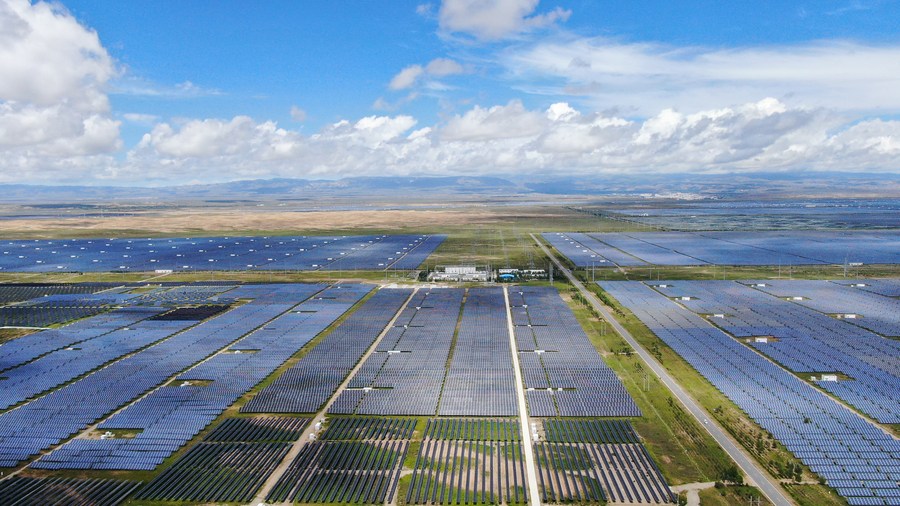Key step toward realizing country's environmental goals: China Daily editorial
chinadaily.com.cn | Updated: 2021-07-14 20:04

As the operation of the European Union Emissions Trading System since 2008 indicates, to use market mechanisms to reduce greenhouse gas emissions and boost green development is more efficient than doing it through government policies alone, as the market can serve as a platform through which the whole society can join in the emissions reduction endeavor.
China has vowed to peak its emissions before 2030, and realize carbon neutrality before 2060. The time span between those two goals is much shorter than that for the European Union and the United States, both of which have set the target of reaching carbon neutrality before 2050. Many EU members peaked their carbon emissions in the 1990s and the US in 2007 when their respective per capita GDP and industrialization reached a high level at the same time.
That means China has to do much more than the developed economies from now on to cut emissions while at the same time ensuring that does not set back its continued struggle to restructure the economy, upgrade industries and improve people's incomes and well-being.
The upcoming opening of the national carbon trading market is a key part of these efforts, as it will enable China to realize a paradigm shift in emissions reductions from a policy-driven model to a market-oriented model. It is to be launched this month, the Ministry of Ecology and Environment announced in a news conference on Wednesday.
China started piloting a carbon trading system on a small scale in some places as early as 2011 in order to explore the necessary regulations and rules for a national carbon trading market, which will be the largest of its kind. And the piloted emissions trading system was expanded to 2,225 enterprises in the power sector nationwide in January.
Since then, the central authorities have issued a series of documents relating to the required registration, trade and settlement of emissions permits to pave the way for the opening of the market.
Even with the market in place, the government has a lot to do to ensure that the market plays its due role. For instance, carbon emission quotas need to be rationally set and distributed, carbon assets — the quota that is unused — reasonably priced, the investment and trading channels unblocked, and the measurement of emissions and emissions reductions accurate.
After the opening of the market, and national carbon assets have been evaluated to lay the foundation for the formation of a rational pricing mechanism, the market will gradually incorporate more industries and enterprises and include more investors, which will give rise to more carbon-financial derivatives.
The government will have to quickly build up its learning curve to ensure the market functions appropriately as early as possible so that it can pool the efforts of all relevant parties to help the country fulfill its ambitious emissions reduction goals.
























